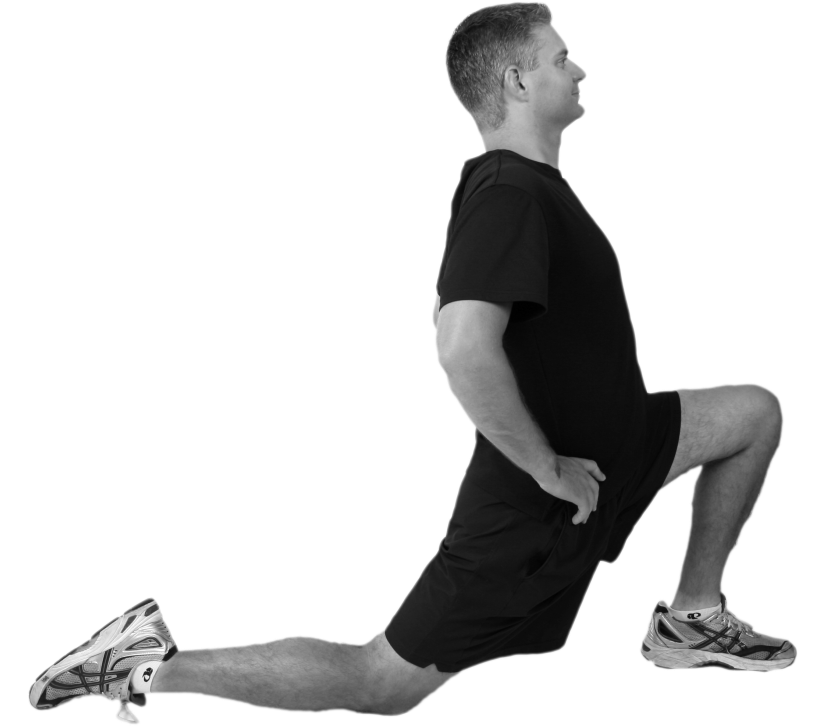BASIC PROGRAMS

WEIGHT LOSS
Excessive body weight - excessive increase in the fat component is one of the main problems of today. The main reason for excessive weight is hormonal imbalance. It most often occurs as a result of excessive intake of food and fluids. In certain cases, there is an additional contributing factor such as stress, lack of sleep, as well as certain medications that can have a negative impact on weight and thus cause further stress. It should be noted that genetics is not considered a key factor in overweight people.In most cases a reduction in the daily intake of food and fluids, and a certain increase in physical activity will be sufficient for weight loss or fat component reduction. If excess weight is also caused by the abovementioned additional contributing factors, it is necessary to seek additional professional assistance. In the author’s experience, the best results are achieved by having certain blood tests conducted before diet change; and by having certain tests conducted if the client wants to start a more advanced program of physical activity. If you start a program and there are no visible results within 3 weeks, it is necessary to seek expert assistance.
Requirements:
1- Cardiac test
2- Flexibility test
3- Strength test
4- Blood test - desirable
5- Specific test indicating damage to the skeletal system due to weight gain.

SPECIFIC STRENGTH TRAINING
A strength building program is similar to a muscle building program, i.e. hypertrophy, only at first glance. Strength is a specific feature of muscles and it is not always associated with the muscle mass gain.There are many strength classifications; one of them is presented below:
-Maximum strength
-Rep maximum
-Explosive strength
Requirements:
1- Strength test, which indicates your current condition
2- Flexibility test/ important because it may indicate a potential injury
3- Cardiac test/ in some cases, including family history of elevated blood pressure, stroke etc., an adequate strength training program cannot be designed without improving the cardiorespiratory system.
4- Check for a limiting factor, e.g. musculoskeletal system injuries, the presence of certain diseases affecting the joints, e.g. osteoporosis

SPECIFIC EDURANCE TRAINING
There are several types and divisions of endurance. We can opt for the anaerobic/ with the absence of oxygen and aerobic/ with the presence of oxygen. Cardiorespiratory endurance, i.e. with the presence of oxygen is the most important type of endurance for a vast majority of people; therefore, it shall be considered as primary by the author.Aerobic endurance gives us the best insight into the cardiorespiratory system. Aerobic training is an indispensable component of any program, not only because of its impact on the cardiorespiratory system, but also because of its impact on the fat component, muscles, including recovery after a certain type of training, e.g. elimination of lactic acid after strength training.
Requirements:
1- Set the objective of the aerobic training program
2- Check for a limiting factor, e.g. skeletal system injuries and family history of cardiorespiratory diseases
3- Cardiac test
Note: In certain cases, cardiac tests can be very dangerous for the subject’s health and they are not to be conducted without medical supervision. This primarily relates to overweight subjects, subjects with a family history of cardiorespiratory diseases such as elevated blood pressure or myocardial infarction. In these cases a sub-maximal cardiac test should be conducted.
SPECIFIC COORDINATION TRAINING
Prior to designing coordination and balance promotion programs, specific tests should be conducted and an objective clearly defined. Programs are most often designed for a specific sport, or a demanding recreational athlete with a specific objective, e.g. snow skiing program for beginners. In certain injuries this program is an essential part of recovery.Requirements:
1- Basic testing
2- Eliminate factors affecting coordination/ balance such as the lack of technique, e.g. a person who has never skied cannot take the proper stance during the descent
3- Check for a limiting factor in the musculoskeletal system/ old injury etc.
4- Check for a limiting factor in the vestibular system, i.e. the system for maintaining balance
5- Certain medications can affect this ability, e.g. antipsychotics
Mobile: +381 64 30 52 679; +971 56 29 62 804
e-mail: milanext@gmail.com
e-mail: milanext@gmail.com


